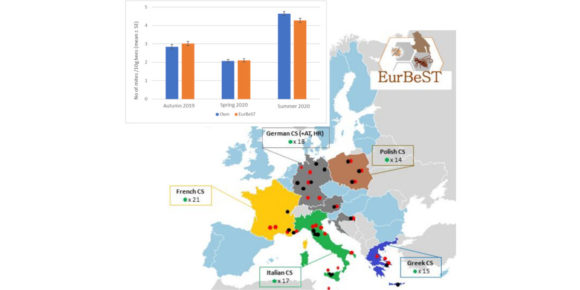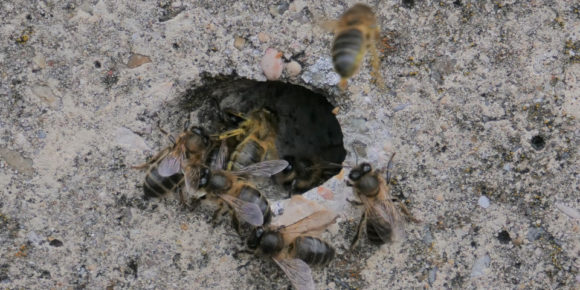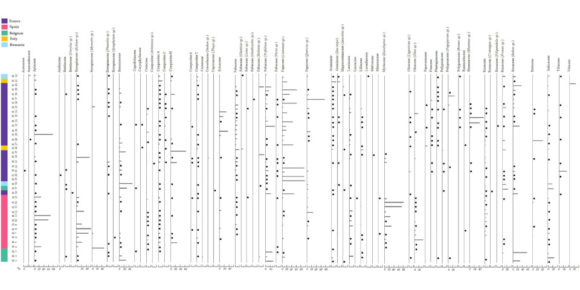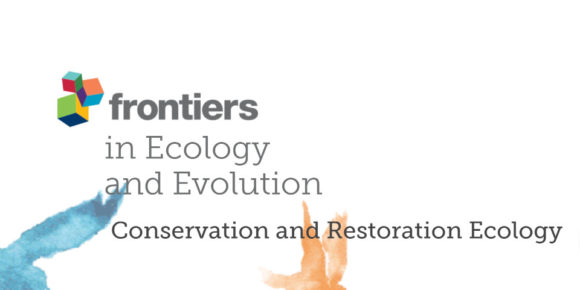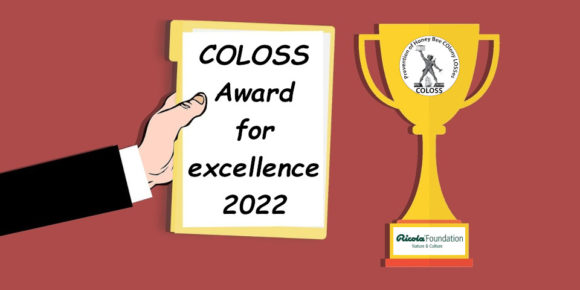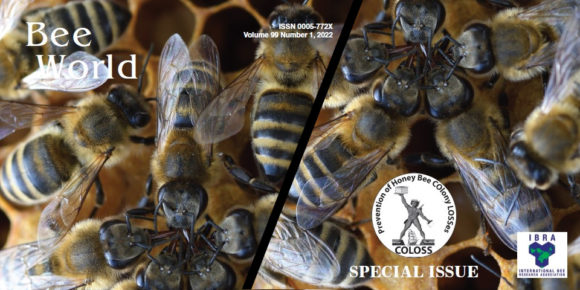The European commission publishes an official report about project on varroa resistant honey bees (EURBEST)
The EurBeST Pilot project “Restructuring of the honey bee chain and Varroa resistance breeding & selection programme” (Agri 2017-0346) ran from 2019 to 2021 and explored possibilities for increasing the varroa resistance of commercially available honey bees by selective breeding, and analysed ways to improve beekeepers’ access to resistant material. Analysis of the EU market…






